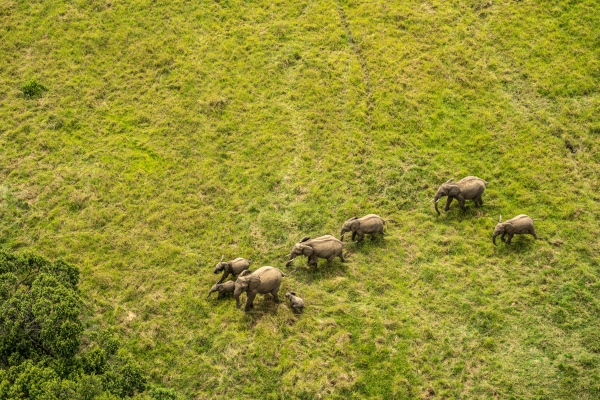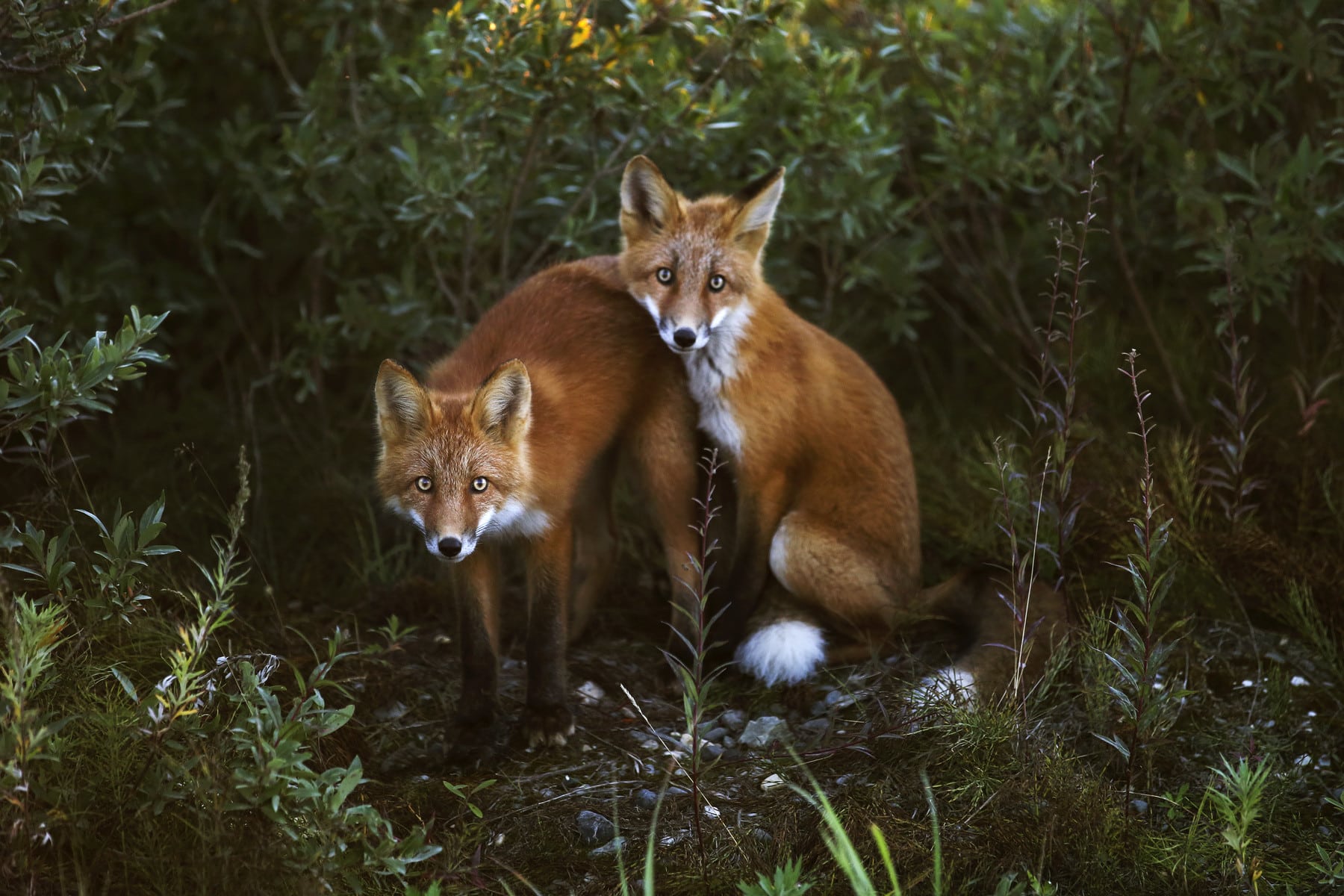I was hesitating to write something here, because I agree with
@NorthernFocus. This I almost like discussing religion, politics a.s.o.
IMHO the pragmatic approach of
@Tiago Cardoso should be the first way to look at it.
Where do you draw the red line ? I think it is complicated ...
To me, as long as animals live their own life in a world that is more and more influenced - or should I say occupied and destroyed - by us humans they are wildlife, being it
- the deer, foxes and owls living in the abandonned area around Tschernobyl,
- the wolves living on abandonned military training grounds, using the shade under a tank wrack in summer,
- an eagle feeding from a wild pig that died on the road going through a national park and that the rangers relocated to avoid that other animals learn to "use" the road as a food source combined with the much higher risk of getting killed themselves,
- a cormoran colony that has been founded in an area where humans breed fish,
- a pine marten chasing squirrels in a park,
- a falcon feeding its chicks in a niche on a church tower,
- deer or elk using one of the green bridges across motorways that we have here in many countries,
- little birds livng free but deciding to choose my garden as their home territory,
- parrots living free around a city near river Rhine for decades now, that would never live there unless they had escaped from human captivity,
- ...
Taking photos in this kind of scenario to me is still wildlife photography, providing you still put priority on not disturbing or otherwise impacting the animals to the negative.
I would even include feeding locations in this list, as long as there is priority set on keeping the impact on the natural behaviour of the animal to a minimum and providing a chance to people to actually see and enjoy "wildlife" as part of the stragegy to raising awareness about the necessity to protect the environment and making it obvious to people that there are things around them being worhtwhile to be protected even if you don't see it under normal day to day life conditions. (--> see statements regarding info locations, blinds including walkways for "crowd control")
Why ?
Because it is important that the people who have the opportunity and the necessary knowledge do something to enable other people to learn about the hidden part of their environment.
My little "de facto grandson" is a ball of energy and living in a big city with parents working in media and IT. But the chance to spend time with me and my girl friend at her place (his grandmother including own big garden and adjacent private forest) he became very aware of all the life around him. Part of his sighting were because of feeding. But he enjoys already sitting still patiently and sometimes even camouflaged in the buhes with me and wait for whatever comes along. Beside learning new words in our language he started to "speak squirrel" the other day, trying to imitate their "language" after whitnessing a meeting to resolve a conflict around some particularly delicious snacks (dried plumbs from the garden). Now, even at home he changed his behaviour, spending time for watching the life in the big trees in the backyard and emphasizing his parents to go out and head to the green zones where there's "wildlife" in the cities.
A negative example I use in this respect is a guy making a living of carrying boatloads of people on a lake and attracting a sea eagle by throwing dead eels in the water, so that they can take photos of "the national bird". Why ?
- The whole thing causes far more damage and panic among all the other animals around the scene on the lake than it brings contribution and learning effect on the people's side
- The people - if they learn anything - learn wrong things about the way you should behave in nature and they get a wrong and unnatural image - in mind and on SD card - about a sea eagle, because normally the chance of a sea eagle feeding on eel here is de facto zero and the only chance for the eagle to grab it, is if he is already waiting for the boat to come and reacts to acoustic signals like Flipper (Because eels have no swim bladder they would be gone within seconds, if the eagle was not there alreeady).
- This eagle has become a business slave of a human, just like dancing bears in the past centuries.
By the way, zoos may be not the best place to take wildlife photos, but for many people they are the first step back to awareness and some people that are a good wildlife photographer today may have started their career in a zoo decades ago.
We can discuss this for eternity, but if everyone, especially people like us spend a little time on reflecting why we would do certain things and then reject the ideas that turn out to have more negative impact than positive effects - not for us, but foremost for nature and for raising awareness around us for nature - then this goes in a good direction.
To me nature photography is a privilege, a pleasure and a passion. Yes, I would lie if I said I am not ambitious to get good shots, but not as part of a rat race for the number of species, the closest close-up of ..., the sharpest action scene of ..., the most papparazzi-ish photo of ...
I wish all of you the extra handful of extra light in the pocket and the luck to be at the right place at the right time and the time to allow for the patience to get a shot in the moment that is right for "the model" first, and then for you.











